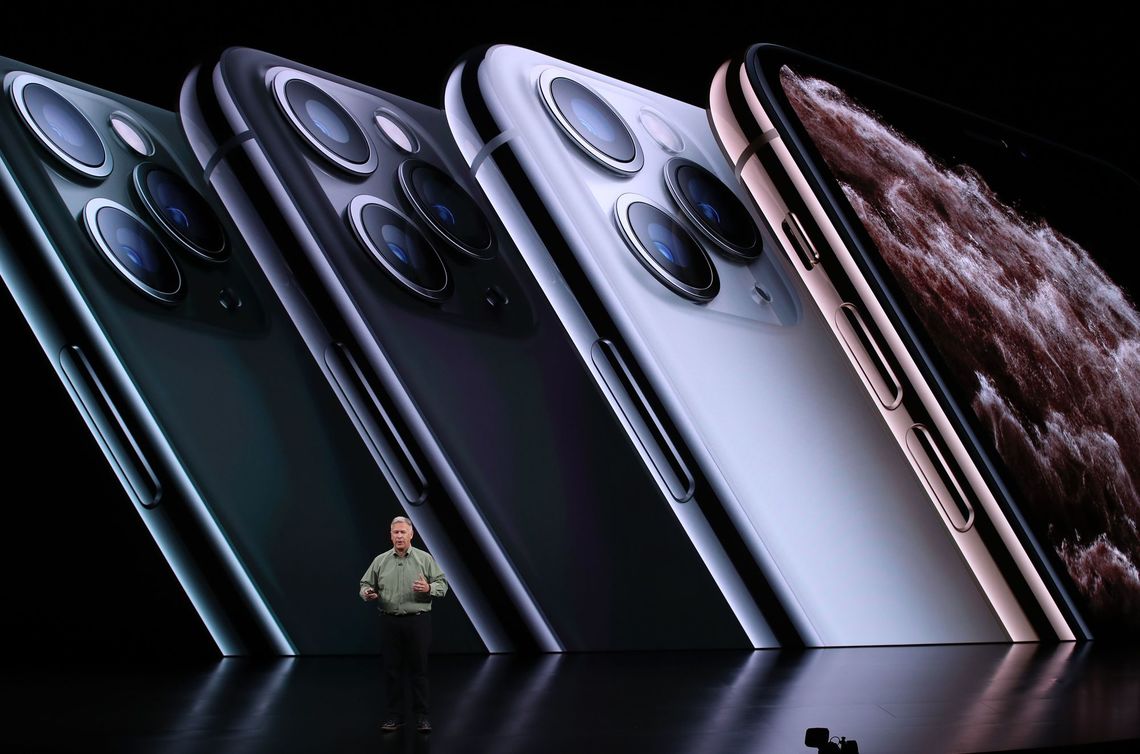Apple’s iPhone 11 Triggered an Insanely Weird Twitter Meltdown

Apple's iPhone 11 launch caused a stir among one very specific demographic: Twitter users with “trypophobia,” the pathological fear of tiny holes. | Source: Josh Edelson / AFP
Apple unveiled its flagship iPhone 11 on Tuesday, and what otherwise might have been a yawn-inducing launch caused a stir among one very specific demographic: Twitter users with “trypophobia,” the pathological fear of tiny holes.
New iPhone 11 Pro Camera Triggers Twitter Users With Fear of Tiny Holes
Hailed as a “photographer’s dream come true” by CNET , these Twitter users say that the upgraded iPhone 11 Pro’s camera is more like a living nightmare . That’s because it features a cluster of three lenses, compared to the dual-lenses on the base model iPhone 11.
https://twitter.com/lifeaseva/status/1171444031399682048
According to WebMD , trypophobics report “an intense physical and emotional reaction whenever they see patterns made up of holes.” The bigger the cluster, the stronger the reaction, which reportedly mimics the symptoms of a panic attack.
And that’s how these Twitter users claim the iPhone 11 Pro camera’s triple-lens design makes them feel:
‘Trypophobia’: A Real Disorder or Another Evil Clown Panic?
Trypophobia sounds like one of those mass hysterias that are only possible thanks to the magic of the internet, like the 2016 evil clown panic , or the ongoing Momo challenge hoax.
Unsurprisingly, the word reportedly first appeared on a GeoCities website called “Holephobia” in 2005.

Believe it or not, however, there has been limited research into trypophobia .
Arnold J. Wilkins, a professor of psychology at the University of Essex, believes that something about the mathematical properties of images depicting clusters of holes makes them “intrinsically uncomfortable to look at,” though it’s not clear why that discomfort triggers a panic attack-like response in certain people and not others.
That said, the condition isn’t truly a phobia since it hasn’t been recognized as a disorder in the American Psychiatric Association’s (APA) Diagnostic and Statistical Manual of Mental Disorders (DSM-5).